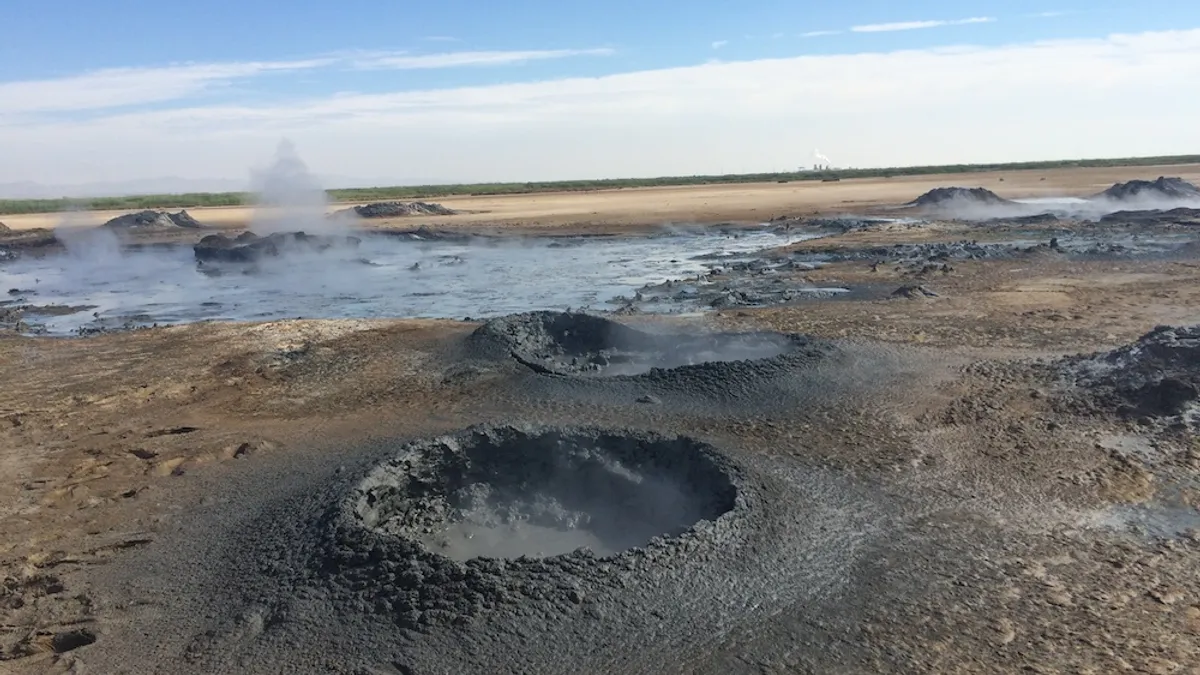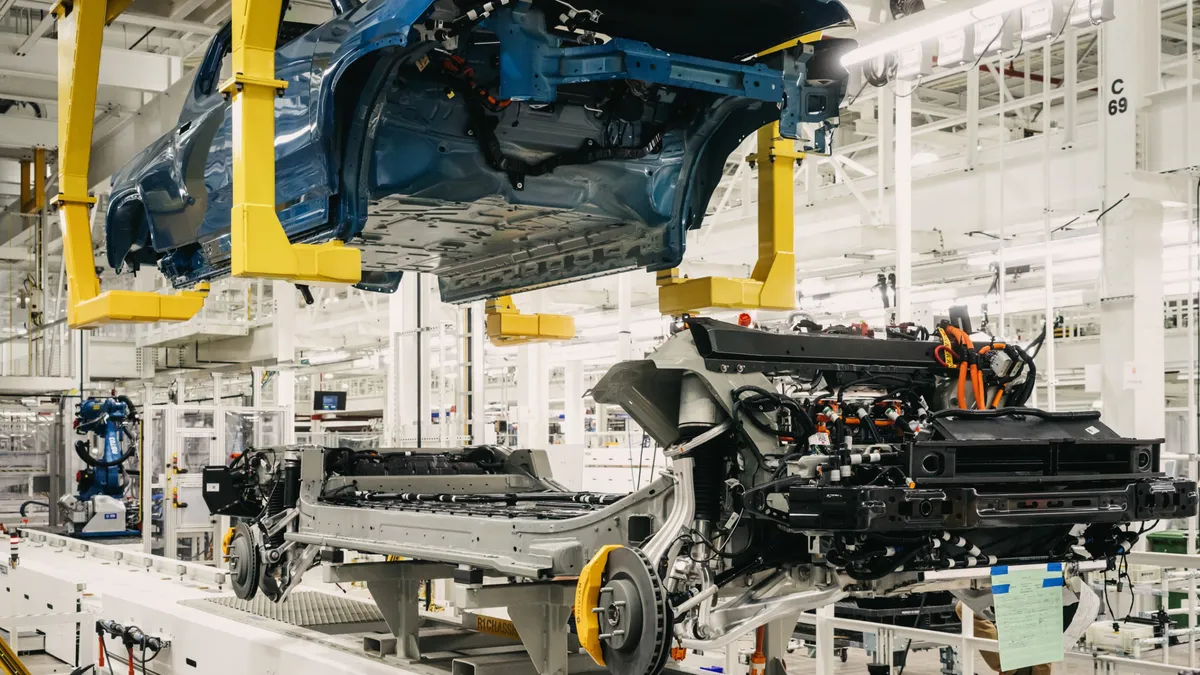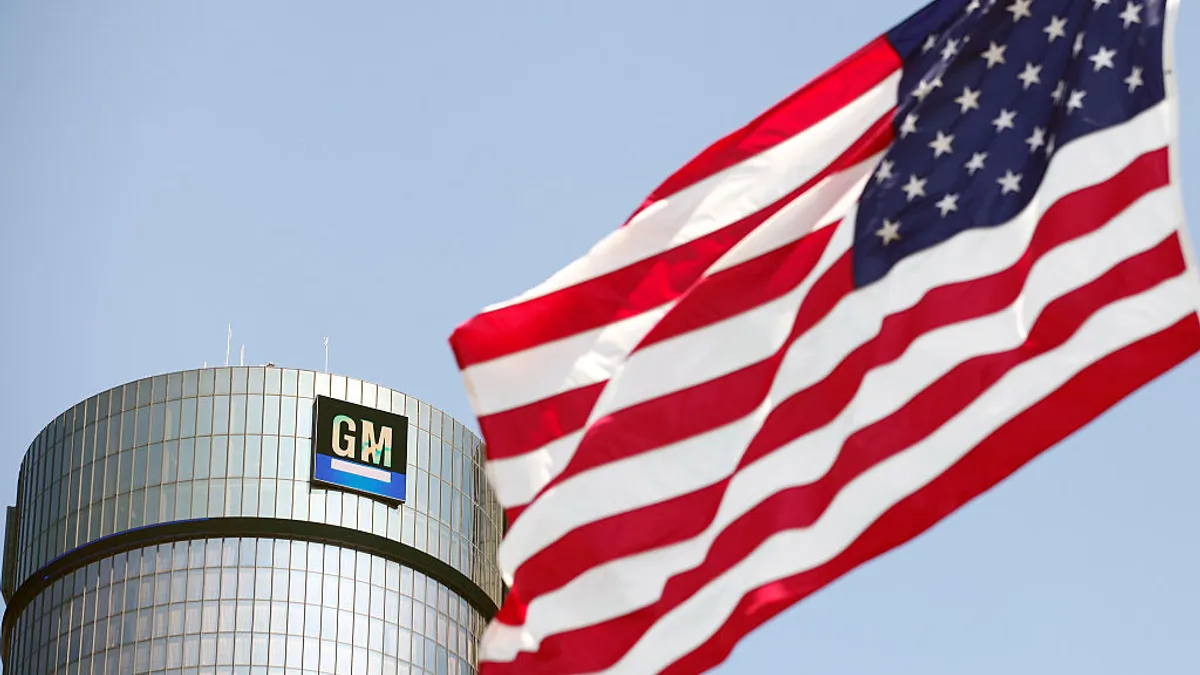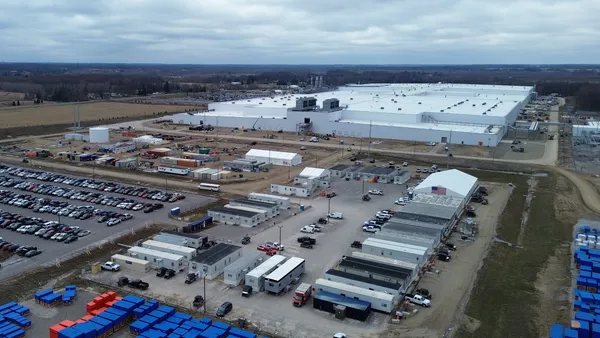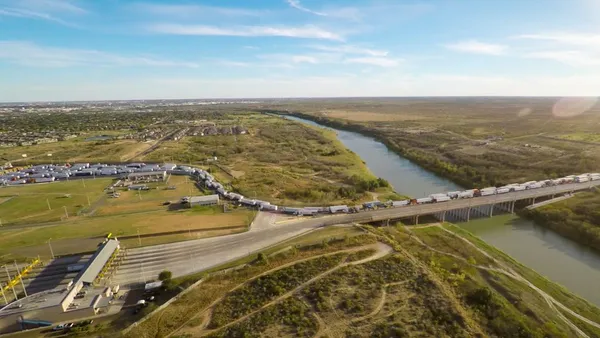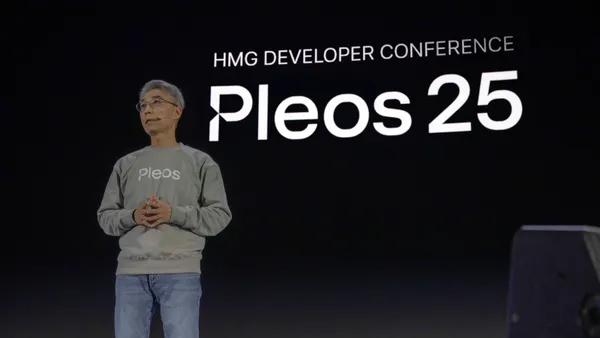Dive Brief:
- Stellantis is investing $100 million in lithium mining company Controlled Thermal Resources Holdings to support the world's largest geothermal lithium mining project in California, the automaker said Thursday.
- As part of the investment, CTR will produce battery-grade lithium hydroxide for Stellantis in California's Salton Sea region, which contains vast lithium reserves.
- By extracting lithium for batteries in the U.S., future Stellantis EVs will be eligible for incentives up to $7,500 under the Inflation Reduction Act.
Dive Insight:
The two companies expanded their previous agreement from 2022 to supply 25,000 metric tons of battery-grade lithium hydroxide monohydrate. The updated agreement now calls for CTR to supply up to 65,000 metric tons of lithium hydroxide monohydrate annually over 10 years beginning in 2027.
“This substantial investment in CTR by Stellantis marks an outstanding milestone for our company and further solidifies our efforts to support sustainable electric-vehicle battery production,” CTR CEO Rod Colwell said.
In 2021, General Motors announced a similar investment with CTR to secure a domestic supply of low-cost lithium for its future EVs.
The expansion of CTR’s lithium mining in California will help bolster the domestic supply chain of the critical raw material for EV batteries. According to the U.S. Geological Survey, most of the lithium for battery production today is imported from Chile and Argentina.
To meet the IRA’s critical mineral requirement, 80% of the market value of critical raw minerals used in an EV’s battery pack must be sourced domestically or from U.S. free-trade partners by 2027. Automakers can also meet the requirement by recycling batteries in North America.
Stellantis’ strategic investment in CTR comes as automakers invest billions in electric vehicles and battery production and lithium demand grows.
According to consulting firm McKinsey & Company, lithium demand will rise from approximately 500,000 metric tons of lithium carbonate equivalent in 2021 to three 3 million to 4 million metric tons by 2030.
Stellantis said CTR uses a more environmentally friendly direct lithium extraction process that eliminates open pit mining or using large evaporation ponds or fossil-fueled lithium processing methods to extract lithium from underground reserves.
“The foundation of our industry-leading decarbonization drive includes low-emissions production and sustainable supply as the building blocks for our electric vehicles,” Stellantis CEO Carlos Tavares said. “The latest agreement with CTR is an important step in our care for our customers and our planet as we work to provide clean, safe and affordable mobility in North America.”
In July, Stellantis and its battery partner Samsung SDI signed an agreement establishing a second joint venture battery manufacturing facility in the U.S., aiming to begin production in 2027. Stellantis is targeting an initial annual production capacity of 34 GWh at the plant.
Stellantis is working to secure approximately 400 GWh of battery capacity across six battery manufacturing plants in North America and Europe.



